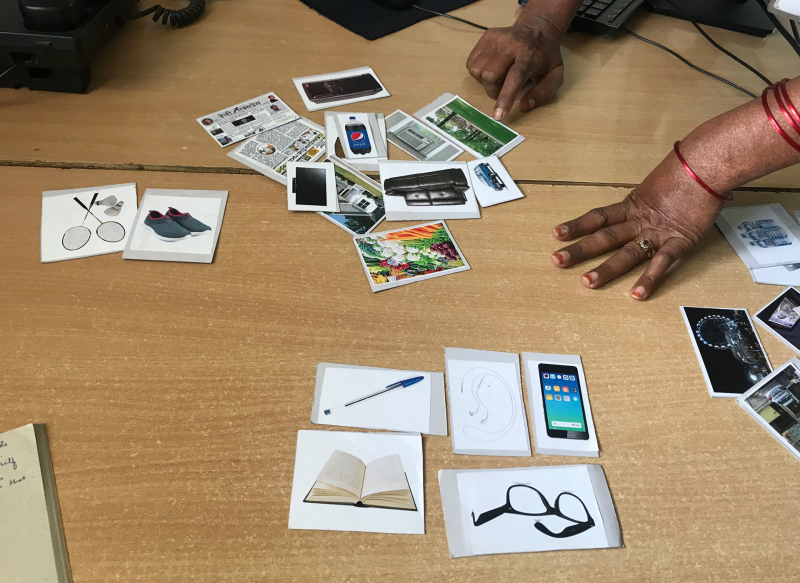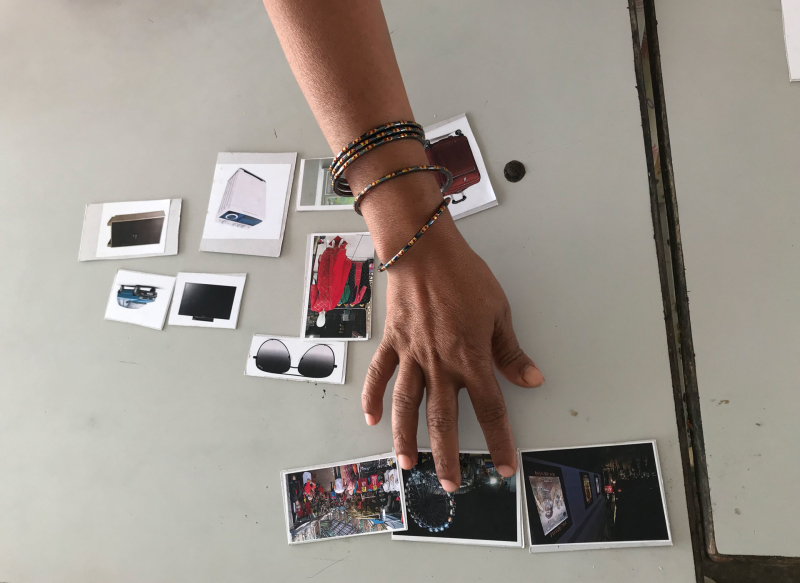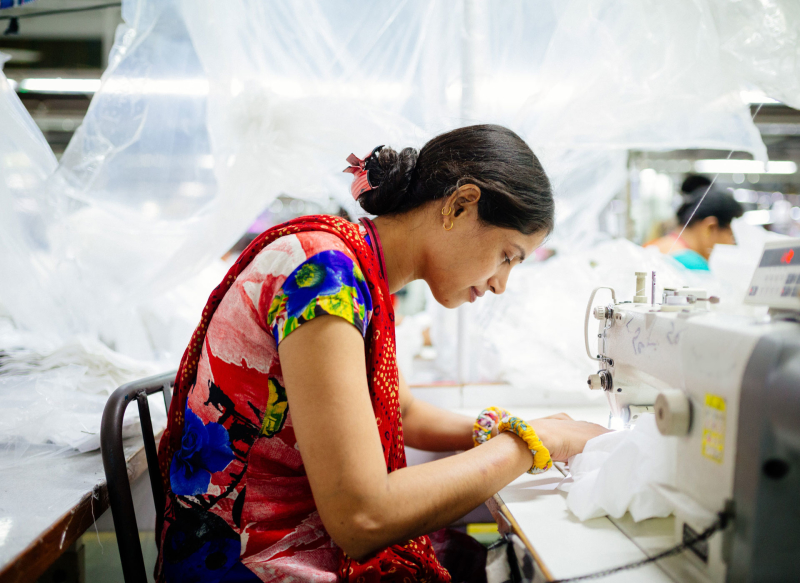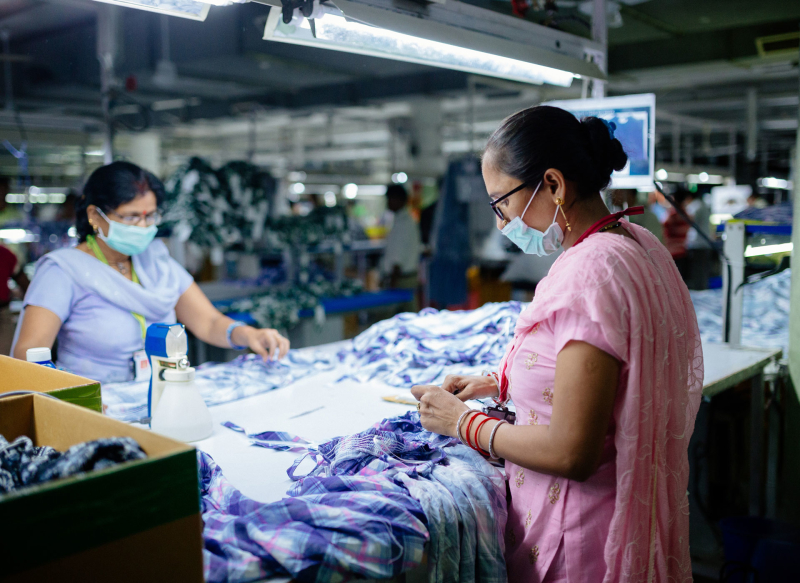FOCUS AREA
BUILDING HOLISTIC HEALTH
LOCATION
Karnataka
REACH
10 factories, 2000 workers
PARTNERS
Shahi Exports, VisionSpring, Queens University Belfast, United States Agency for International Development, Clearly
STAGE
- DESIGN
- EVALUATE
- ANALYZE
- DISSEMINATE
- SCALE-UP
Improving Workers’ Eyesight
CHALLENGES AND OPPORTUNITIES
ow-income workers with uncorrected vision often do not wear glasses due to a combination of financial constraints and social taboos. This can lead to negative health outcomes such as headaches, nausea, eye fatigue, and even increased risks of serious injuries. When researchers conducted RCTs among tea workers with eyesight issues in India, they found massive productivity increases in the treatment group which was provided with free glasses. We worked with this team to co-design an intervention for workers suffering from the progressive decline of eyesight with age. Addressing this widespread and easily remedied problem has the potential to improve quality of life, job satisfaction, and job performance. The intervention aims to make a business case for employers to supply free or subsidized glasses to garment workers.
RESEARCH QUESTION
Can improved access to glasses combat the poor eyesight of workers while also increasing worker productivity, performance, satisfaction, and quality of life?
RESEARCH DESIGN
The intervention, implemented over a period of 18 months, offered free glasses to Sewing Machine Operators (SMOs) currently working in garment factories. Its impact is being evaluated as three randomized controlled trials.
- In the first trial, our interventions vary prices- between no cost and a subsidized rate. This allows us to observe any differences in the uptake of glasses if they are provided without any cost or with costs attached.
- In the second trial, we evaluate the widespread effects of offering glasses. This includes a qualitative study about better vision at work, understanding obstacles to developing a habit of wearing glasses, and empowering supervisors to monitor the reasons behind worker exits.
- In the third trial, we measure the effects of our intervention on workers’ productivity, and other industry-specific indicators.
The results will provide rigorous evidence on the pricing policies and monitoring mechanisms that most significantly improve the eye health of workers, their personal and professional lives, and the bottom lines of factories.
MEASURING OUTCOMES
- Information and awareness about sight related issues
- Perceptions of appearances after wearing glasses among workers
- Uptake of glasses depending on varying pricing models
- Workers’ satisfaction after improved visual quality of life
- Job performance and factory productivity after introducing glasses
Image credits: Nayantara Parikh / Shalin Gor




